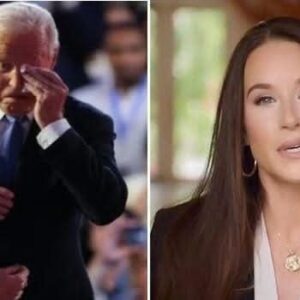Donald and Melania Trump are remodeling the White House in ways that reflect both personal taste and practical needs. According to sources familiar with the plans, the couple wants to bring elements of their Mar-a-Lago estate into Washington, shaping the residence into a space that feels more like their Palm Beach retreat. This includes lavish design changes with gold trim and ornamental details, as well as large-scale construction projects such as a new East Wing ballroom.
The Rose Garden has already seen one of the most visible transformations. The grass lawn was replaced with a stone patio to make official events more manageable, reducing problems such as muddy grounds and guests stumbling in high heels. The redesign also added new lighting and audio-visual systems, underscoring the dual focus on both functionality and style. Supporters argue the changes make the space more practical, while critics see it as stripping away tradition.
The ballroom, projected to cost around $200 million, has been described as one of the most ambitious upgrades to the White House in decades. It will expand the capacity for state dinners, receptions, and meetings with foreign dignitaries, aiming to rival the grandeur of venues used by other world leaders. Trump’s team insists much of the funding will come from private donors, but questions linger over the use of public resources for such a lavish project.
Symbolism lies at the heart of these decisions. By incorporating Mar-a-Lago aesthetics into the White House, the Trumps are ensuring their personal brand leaves a permanent imprint on America’s most iconic residence. Gold accents, bold design choices, and grand entertainment spaces reinforce the image they have cultivated for years—extravagant, unapologetic, and unmistakably Trump.
Critics, however, accuse the couple of prioritizing vanity over history. Some historians worry that remodeling risks erasing the White House’s traditional character in favor of flashy aesthetics. Others say the scale of spending is tone-deaf, especially during a period of political tension and economic challenges. To them, the renovations reflect self-indulgence more than statesmanship.
Still, supporters frame the remodeling as a blend of necessity and vision. They argue that previous administrations also left marks on the White House, and that Trump’s updates are simply part of that long tradition. For his base, the changes symbolize strength, continuity, and the projection of power. Whether praised or criticized, the Trumps’ remodeling effort ensures their influence on the White House will be remembered long after they leave—etched in stone, gold trim, and the architecture of America’s most symbolic home.




